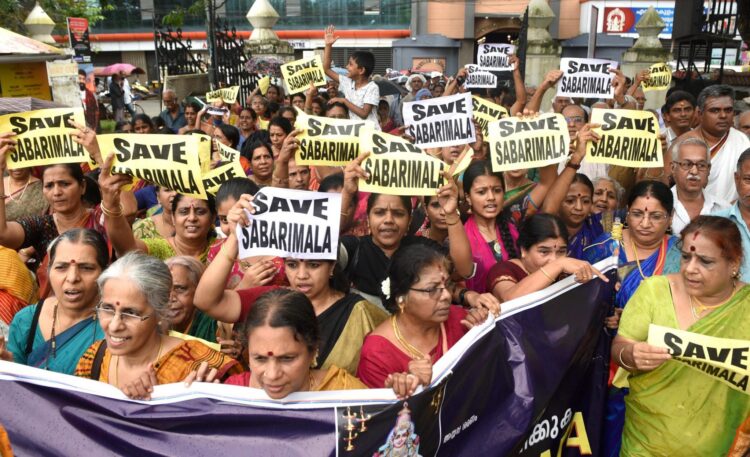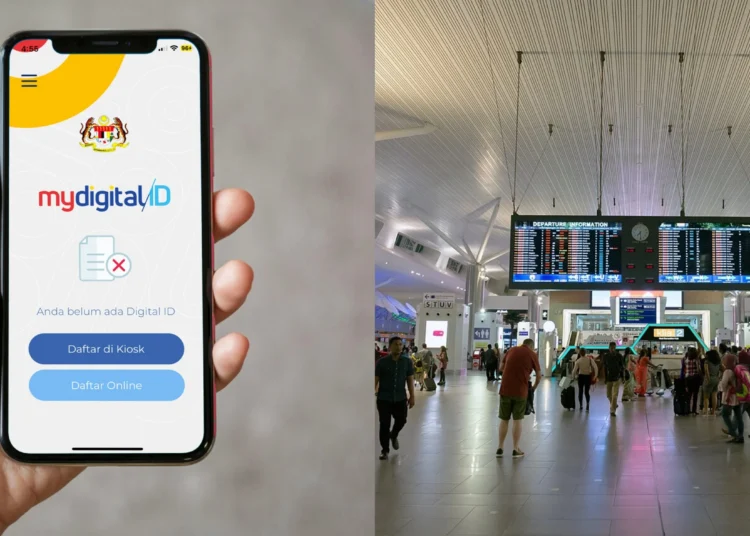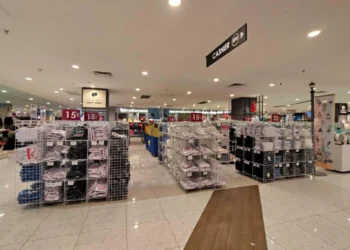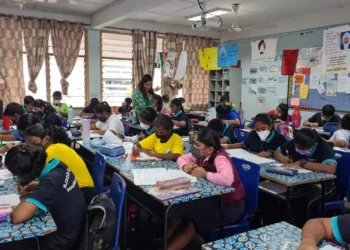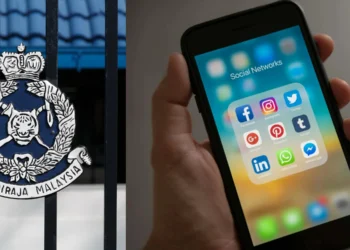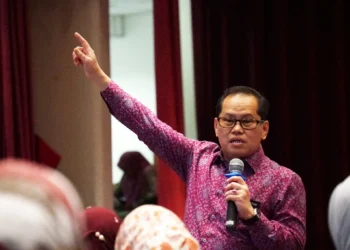This has been a very sensitive issue and a constant debate in our society.
A five-member bench, headed by Chief Justice Ranjan Gogoi, will deliver its judgement on petitions seeking review of its September 2018 order that triggered widespread protest in the state after menstruating women were allowed to enter the shrine of Lord Ayyappa.
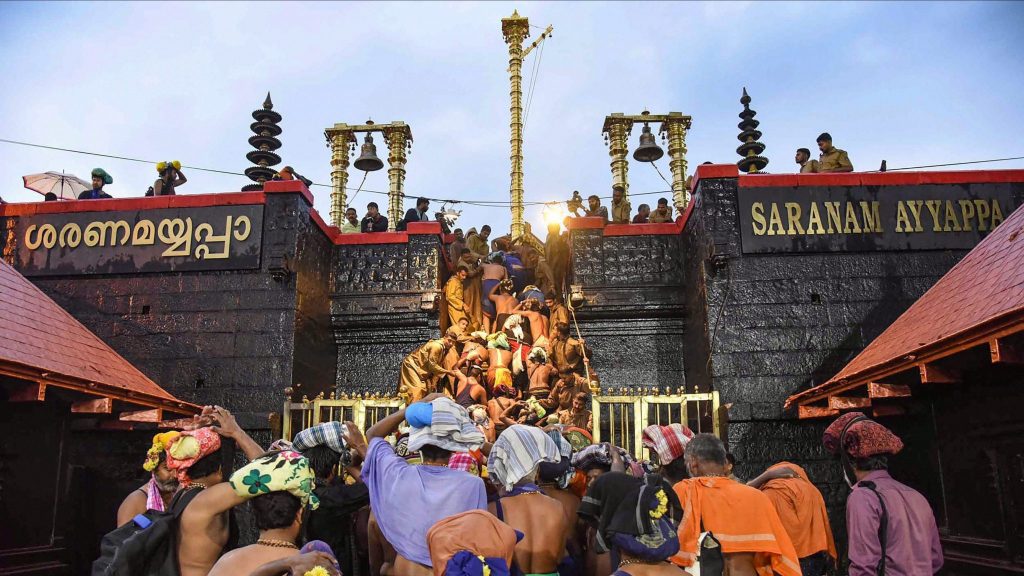
For aeons, women in the Indian community, regardless of race and ethnicity have always been subjected to the issue of entering the temple when they are menstruating. Some imbeciles who live under a rock would say that a woman is dirty and that there is some sort of logic as to why they are not allowed.
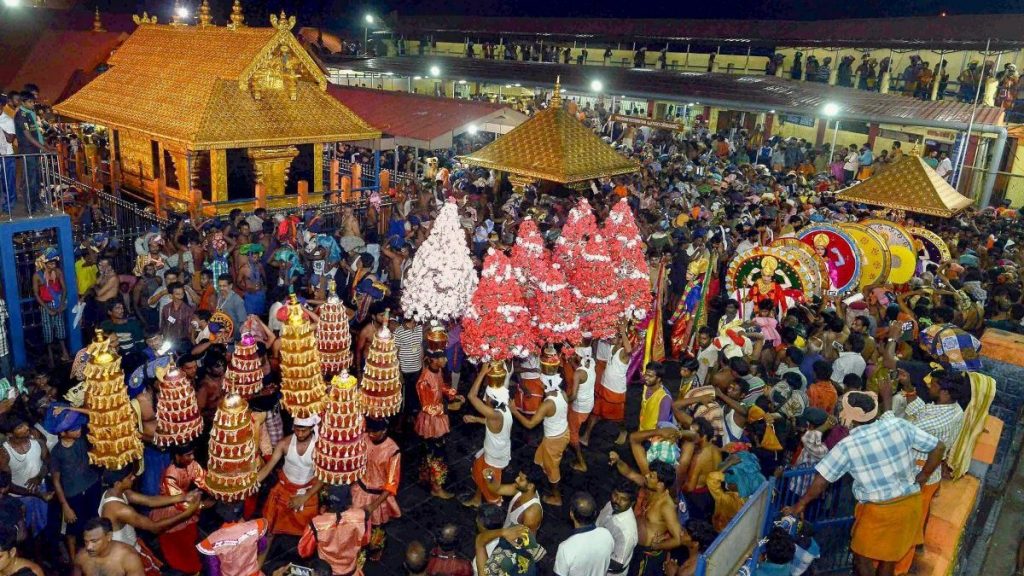
Of course, we, the liberals feel that, one should be able to make a choice that they feel is right for them.
A five-judge Supreme Court bench on Thursday decided to refer its ruling on the entry of women to Sabarimala to a larger bench.
The top court has also decided to ask the larger bench to look into other issues related to religion including entry of women into mosques, entry of Parsi women married to non-Parsi and female genital mutilation among Dawoodi Bohra community.
A little more on the background of this story. In September 2018, the top court had overturned the centuries-old ban on girls and women between the ages of 10 and 50 years . The order stated that women of all ages must be allowed into the famous hilltop shrine in Pathanamthitta district.
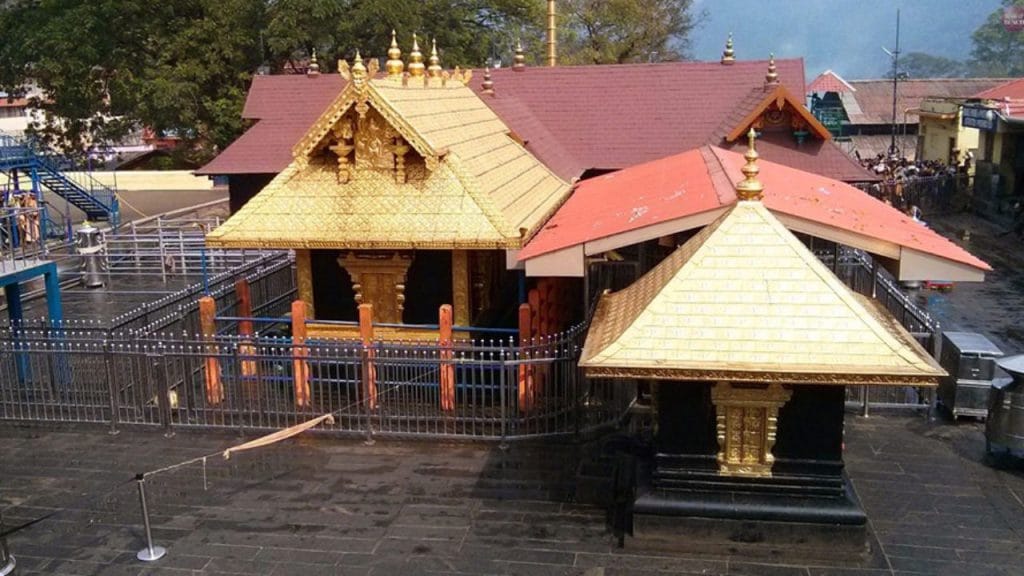
This verdict angered so many devotees and sparked a series of protests, shutdown and violence and the Travancore Devaswom Board (TDB), which manages the Sabarimala shrine. TDB argued that the top court cannot intervene with a century-old belief.
Traditionalists say younger women should not be allowed inside the temple as it is dedicated to a god who is an avowed celibate.
The protest even went to an extend whereby, devotees had physically blocked women when they tried to trek to the temple. Two people were killed in violence related to the temple protests. However, two women had managed to enter the temple despite the heavy security.
According to reports, there were at least 50,000 protestors who were booked at the height of the agitation against the top court verdict. The protests led to a decrease in the number of pilgrims and revenue.
The Hindustan Times reported that there were as many as 65 petitions—56 review pleas, four writ petitions, two transfer petitions, two special pleas and one special leave petition. These were filed against the verdict that ended the ban on entry for women and girls of menstruating age into the temple and upheld the right to equality of worship.
Chief Justice Ranjan Gogoi leaded a five-member constitution bench which reserved its decision on February 6 after hearing various parties. The Travancore Devaswom Board, which had refused to abide by the top court ruling, said later in February this year that it would now abide by the order.
Follow us on Instagram, Facebook or Telegram for more updates and breaking news.


